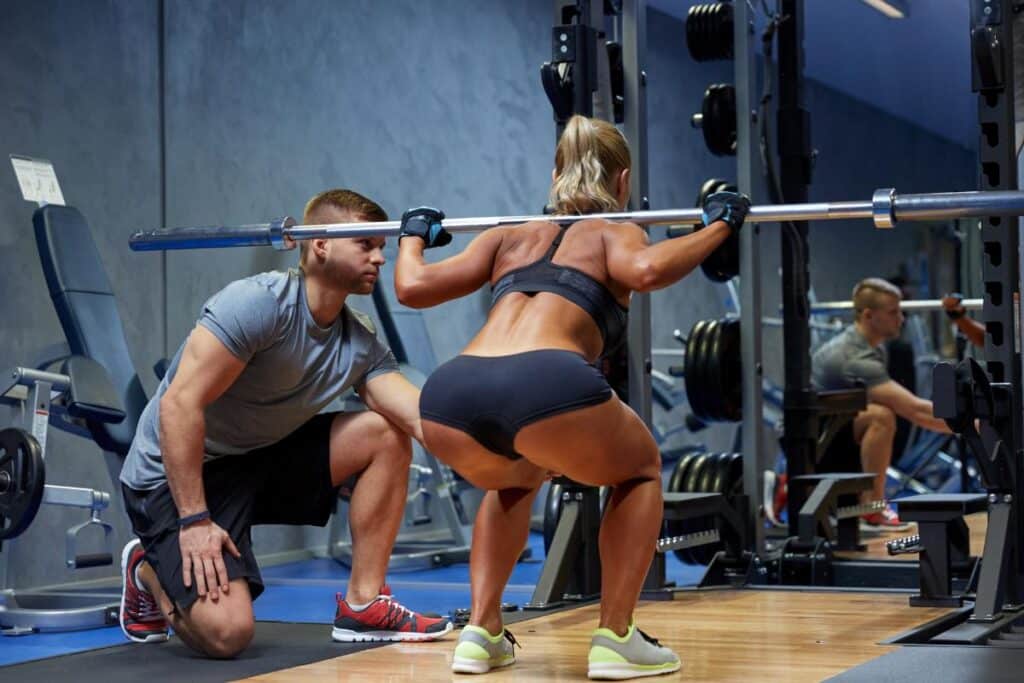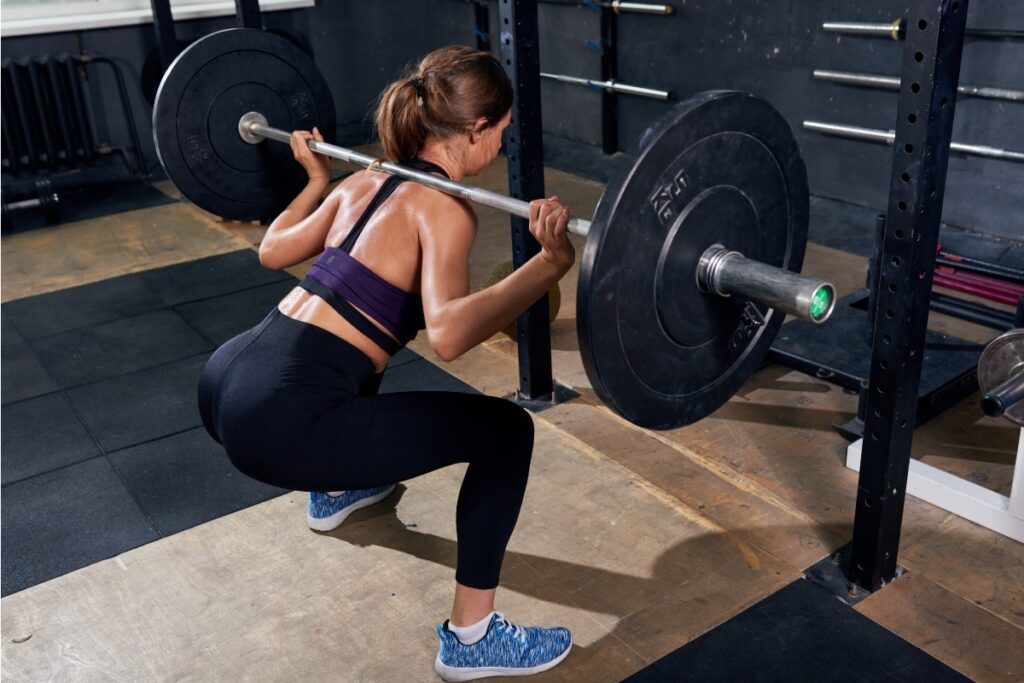In the world of strength training, the debate between high bar and low bar squats is a continuing saga. Both styles have distinct biomechanics and can impact muscle development differently. This article explores the nuances of high bar and low bar squats and their respective implications for strength, size, and your workout.
High Bar Squats
Technique: The high bar squat is characterized by the placement of the barbell on the traps, just below the neck. It typically requires a more upright posture and deeper knee flexion.
Muscle Activation: This variation targets the quadriceps more intensively, along with a significant engagement of the glutes and adductors. The upright position also demands more work from the core to maintain stability.
Strength and Size Implications: High bar squats are often used by Olympic weightlifters because they mimic the posture of the clean and jerk and snatch. The emphasis on quadriceps development can lead to significant front thigh size and is beneficial for improving vertical jumping ability.
Low Bar Squats
Technique: In a low bar squat, the barbell sits lower on the rear deltoids, creating a torso that leans forward more than in the high bar squat. This position shifts the center of gravity and allows for heavier weights to be lifted.
Muscle Activation: The low bar squat engages the posterior chain muscles, including the glutes, hamstrings, and spinal erectors, more than the high bar squat. The forward lean inherent in the low bar squat also involves the hip extensors to a greater degree.
Strength and Size Implications: Low bar squats are favored by powerlifters because they can typically handle more weight with this style, leading to greater overall strength development. For those looking to increase the size and strength of their posterior chain, low bar squats are often recommended.
Which Squat is Better for You?
Goal Alignment: Choose the squat style that aligns with your goals. If you’re looking to enhance your quads and improve athletic performance, high bar squats might be your go-to. Conversely, if you’re aiming to maximize total weight lifted and bolster your posterior chain, low bar squats could be more beneficial.
Mobility and Comfort: Your body’s mobility and mechanics play a crucial role in determining which squat style is more comfortable and sustainable for you.
Training Variety: Incorporating both styles can provide a comprehensive leg workout that develops both the anterior and posterior chains, potentially leading to balanced leg development and strength.
Conclusion
Both high bar and low bar squats have their place in a muscle-building program. Each variation offers unique benefits and can be used strategically depending on the individual’s training goals, mobility, and biomechanics. Understanding these differences allows you to tailor your squatting routine to maximize strength and size gains effectively. As with any exercise, proper form and technique are paramount to prevent injury and ensure optimal progress.




